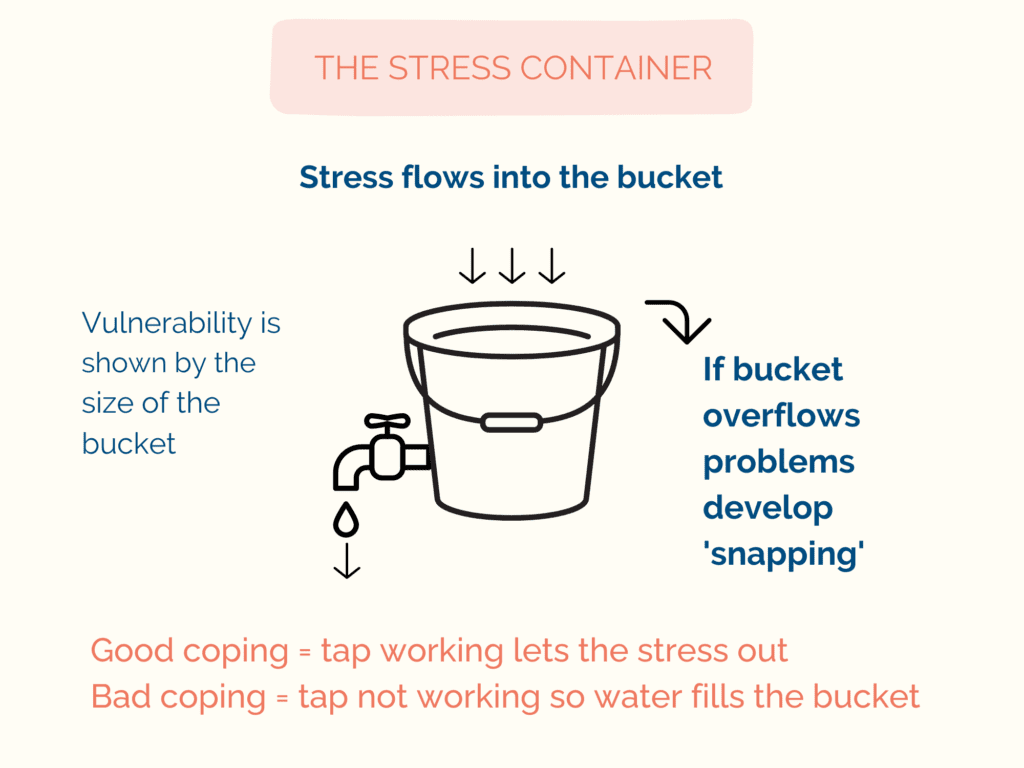"
World Mental Health Day
The World Health Organisation (WHO) recognise World Mental Health Day every year on the 10th of October, aiming to raise awareness of mental health issues, increase education on the topic and attempt to eliminate the stigma attached to mental health issues, hoping that in turn, it will encourage people affected to seek help and support.
[addCTA blink=""/services/ongoing-hr-services/"" title=""Experience peace of mind with our ongoing HR support.""]
Mental health is talked about more today than ever, perhaps it’s no wonder, given the impact of a pandemic and the steeply rising cost of living in the UK. Stats reported by MHFA England earlier this year reveal that:
- 1 in 4 people experience mental health issues each year
- At any given time, 1 in 6 working-age adults have symptoms associated with mental ill health
- Mental illness is the second-largest source of burden disease in England. Mental illnesses are more common, long-lasting and impactful than other health conditions
- Mental ill health is responsible for 72 million working days lost and costs £34.9 billion each year
- The total cost of mental ill health in England is estimated at £105 billion per year
What can employers do to help
Charity organisation Mind uses a handy diagram to get you thinking, their visualisation of a person’s mental health is as a stress bucket or container handling stress – the size of the bucket is determined by how vulnerable they feel to stress. The less vulnerable the person, the bigger the bucket, meaning they can handle more stress than a person who is highly vulnerable.
For Liza and Henry, a hole in their bucket was a very troublesome problem, for your employees, however, a hole in their bucket is exactly what they need!

Improving workplace mental health
It’s important that employers and leaders encourage a culture of openness and supportiveness, and ideally, have some information on how to recognise the signs of strain on mental health. The Mind and The Mental Health Foundation websites have a range of great resources available, from downloadable posters to advice on how to spot signs of stress.
So what do we do as leaders when someone in our team shows signs of stress container overflow and starts saying things like “I feel stressed, I feel down, I feel overwhelmed or too stretched”? and how do we even start a conversation with a colleague whose behaviour seems erratic or they are more “snappy” than ever? Using the stress container concept, during one-to-one meetings, we’d encourage you to ask your employees these types of questions - Do they know the signs they are reaching the top of the container? For example, do they get irritable, nervous, or lose their sense of humour? Are they using helpful coping strategies? Are those strategies working?
As a line manager, there’s not always a lot you can do to control the flow of stress that enters their bucket…. Such as their home environment, financial situation, or support network. But good mental health at work and good management go hand in hand. Keep aware of your team’s workload and be ready to listen to their concerns. Directly ask employees if they need support and let them know help and support are available if they need it. If a mental health issue is identified, consider if any adjustments to start times or flexible working arrangements would help.
Make it a habit to regularly check in on how well your people are managing their stress containers by asking questions such as: How are you making time for yourself? How much control do you have over the thing that is concerning you the most? Who are you talking to about these worries? What can we do in the workplace to help? Believe it or not, all these questions and chats around them will encourage that tap to work and allow stress to flow out and let everyday life seem that little bit more manageable to someone who is feeling overwhelmed.
Feel free to contact us with any questions, and if you want to build mental health support into your company culture and policies, we can help.
If you liked this, you might like: Do your policies match your company culture?"













